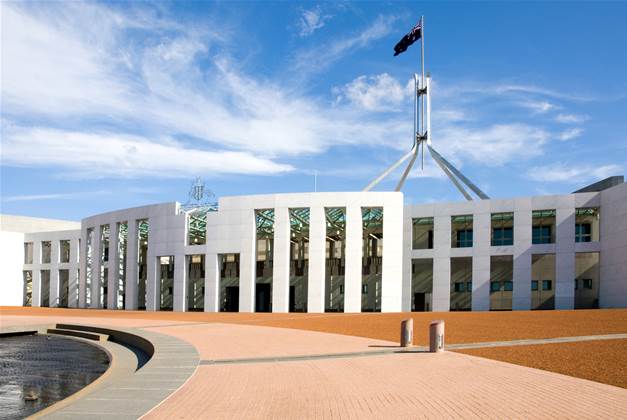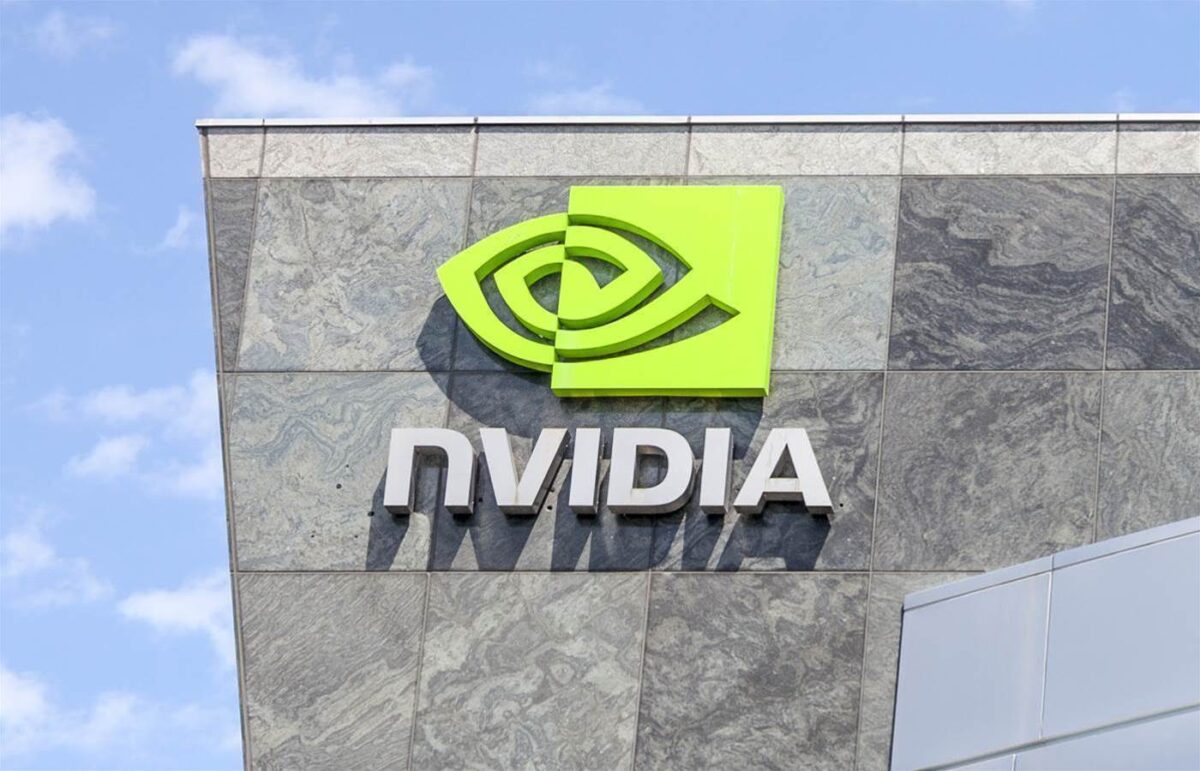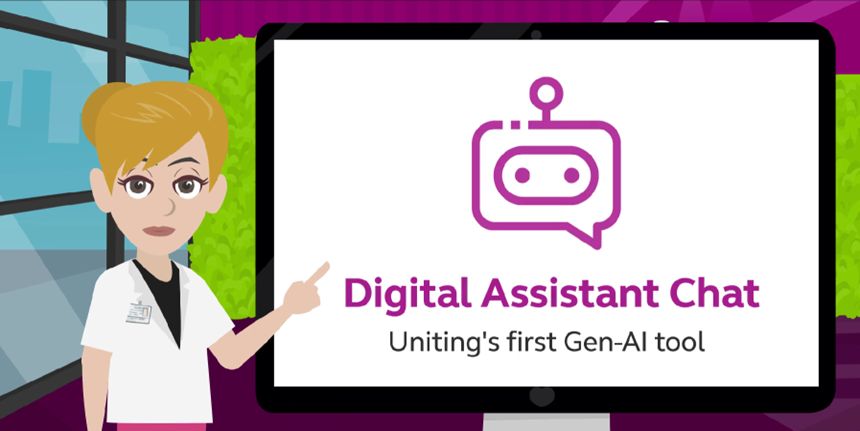Microsoft Reduces Data Centre Lease Initiatives in Strategic Transition
We independently review everything we recommend. When you buy through our links, we may earn a commission which is paid directly to our Australia-based writers, editors, and support staff. Thank you for your support!
Quick Read
- Microsoft has halted data centre leases planned to utilize 2GW of energy in the US and Europe.
- The strategic change is a response to lower demand projections and a reevaluation of support for OpenAI.
- Google and Meta Platforms are meeting global data centre demand in Microsoft’s absence.
- Even with the slowdown, Microsoft is keeping its US$80 billion AI infrastructure budget for 2024 intact.
- Investors are growing worried over slower AI monetization and competition from economical Chinese AI firms like DeepSeek.
- Other major tech companies Alphabet and Meta are ramping up their AI infrastructure investments, reflecting differing strategies.
Microsoft’s Strategic Shift in Data Centre Growth
Microsoft has tempered its rapid data centre growth, stepping back from initiatives in the United States and Europe that would have entailed up to two gigawatts (GW) of energy consumption. This decision marks a considerable shift for one of the premier investors in cloud and AI infrastructure. Market analysts indicate that this choice illustrates a strategic reevaluation prompted by oversupply and an updated demand outlook linked to artificial intelligence (AI) operations—specifically those related to OpenAI, the developer of ChatGPT.
Reasons Behind Microsoft’s Slowdown
OpenAI’s Influence on the Decision
The deceleration aligns with Microsoft’s decision not to provision further infrastructure for OpenAI’s training operations. Although Microsoft holds a substantial investment in OpenAI and incorporates its models into services such as Azure and Office 365, the tech behemoth is becoming increasingly discerning in its support, likely due to the hefty operational expenses tied to training large language models (LLMs) and slower-than-anticipated returns.
Investor Doubt and the Rise of DeepSeek
Investor sentiment regarding AI expenditures has cooled in recent months. This decline is attributed partly to the slower-than-expected monetization of AI services and rising competition from newcomers like China’s DeepSeek. DeepSeek has quickly gained interest by demonstrating sophisticated AI capabilities at a fraction of the cost set by leading US companies, exposing inefficiencies within Western methods of model training and implementation.
Global Consequences and Market Realignment
Google and Meta Fill the Void
Microsoft’s exit from certain global data centre capacity leases has allowed competitors Alphabet (Google’s parent company) and Meta Platforms to take over. Google is allegedly assuming responsibility for some international capacity, while Meta is fulfilling demand domestically in the US. This points to a competitive reshuffling among technological giants competing for supremacy in the AI cloud infrastructure domain.
Australia’s Data Centre Market
Though the current pullback is focused on the US and Europe, Australia’s data centre market continues to thrive. Local players like NEXTDC, AirTrunk, and Macquarie Data Centres are rapidly expanding to accommodate rising demand from hyperscale cloud providers and AI workloads. Microsoft, which maintains Azure regions in Sydney, Melbourne, and Canberra, has not indicated any intent to reduce its presence in Australia.
Microsoft’s Ongoing Commitment to AI Investment
Despite the leasing slowdown, Microsoft is not retreating from its AI commitment. The tech giant has reaffirmed its intention to invest US$80 billion (around AUD$127 billion) in AI infrastructure during the current fiscal year. This budget encompasses expenditures on GPUs, networking equipment, and custom silicon to support future AI endeavors across its cloud and enterprise services.
Microsoft’s competitors are pursuing similar paths, albeit at different magnitudes. Alphabet plans to invest US$75 billion in AI in 2024—a 29% increase over Wall Street’s expectations—while Meta Platforms is eyeing up to US$65 billion. These numbers highlight the high-stakes environment of the AI race and the long-term investments being made by the tech sector regarding AI’s transformative promise.
Cloud Providers and Their AI Strategies
CoreWeave, a cloud startup providing GPU-powered infrastructure for AI applications, has stated it has not faced cancellations of contracts from Microsoft, its primary client. This suggests Microsoft’s shift is nuanced and might involve selective leasing changes as opposed to widespread contract cancellations.
Executives from Microsoft and Meta have defended their capital expenditure strategies linked to AI, noting that maintaining a competitive edge requires leadership in both infrastructure and AI capabilities. Given that generative AI is still in its nascent commercial phase, these investments are perceived as foundational rather than immediately lucrative.
Conclusion
Microsoft is reassessing its global data centre expansion approach by retracting from infrastructure leases in the US and Europe. This adjustment is influenced by oversupply, shifting AI demand forecasts, and strategic reevaluations of partnerships such as OpenAI. Despite concerns from investors and competing firms like DeepSeek, Microsoft remains dedicated to its AI strategy, earmarking US$80 billion for infrastructure in FY2024. In the meantime, Google and Meta are capitalizing on opportunities to cover the capacity void, intensifying the competition for AI leadership.
Q: What is prompting Microsoft to withdraw from data centre leases?
A:
Microsoft is halting some data centre leases due to an excess of capacity compared to its revised demand projections, especially concerning AI training workloads from OpenAI.
Q: Is Microsoft decreasing its total AI spending?
A:
No, Microsoft is not diminishing its AI investments. It remains committed to investing US$80 billion in AI infrastructure this fiscal year, concentrating on strategic growth areas.
Q: Who will take over the data centre capacity that Microsoft is vacating?
A:
Alphabet (Google) is moving in to replace Microsoft’s relinquished capacity in international markets, while Meta Platforms is covering the same role in the United States.
Q: How does OpenAI factor into Microsoft’s strategy shift?
A:
Microsoft’s decision is influenced, in part, by a reassessment of its backing for OpenAI’s training requirements, which require extensive compute resources. The company is exercising more discretion with infrastructure deployment.
Q: What implications does this have for Australia’s data centre landscape?
A:
There are no signs that Microsoft is scaling back its presence in Australia. The local market remains robust, with increasing demand for AI and cloud services coming from both the public and private sectors.
Q: What is DeepSeek, and why is it noteworthy?
A:
DeepSeek is a Chinese AI startup that has illustrated advanced AI capabilities at much lower costs than Western firms. Its rise has intensified investor scrutiny on US tech companies to rationalize their substantial AI expenditures.
Q: Are other tech firms also modifying their AI approaches?
A:
Yes, but in different manners. Google and Meta are boosting their AI infrastructure spending, revealing varying responses to the market challenges currently faced by Microsoft.














